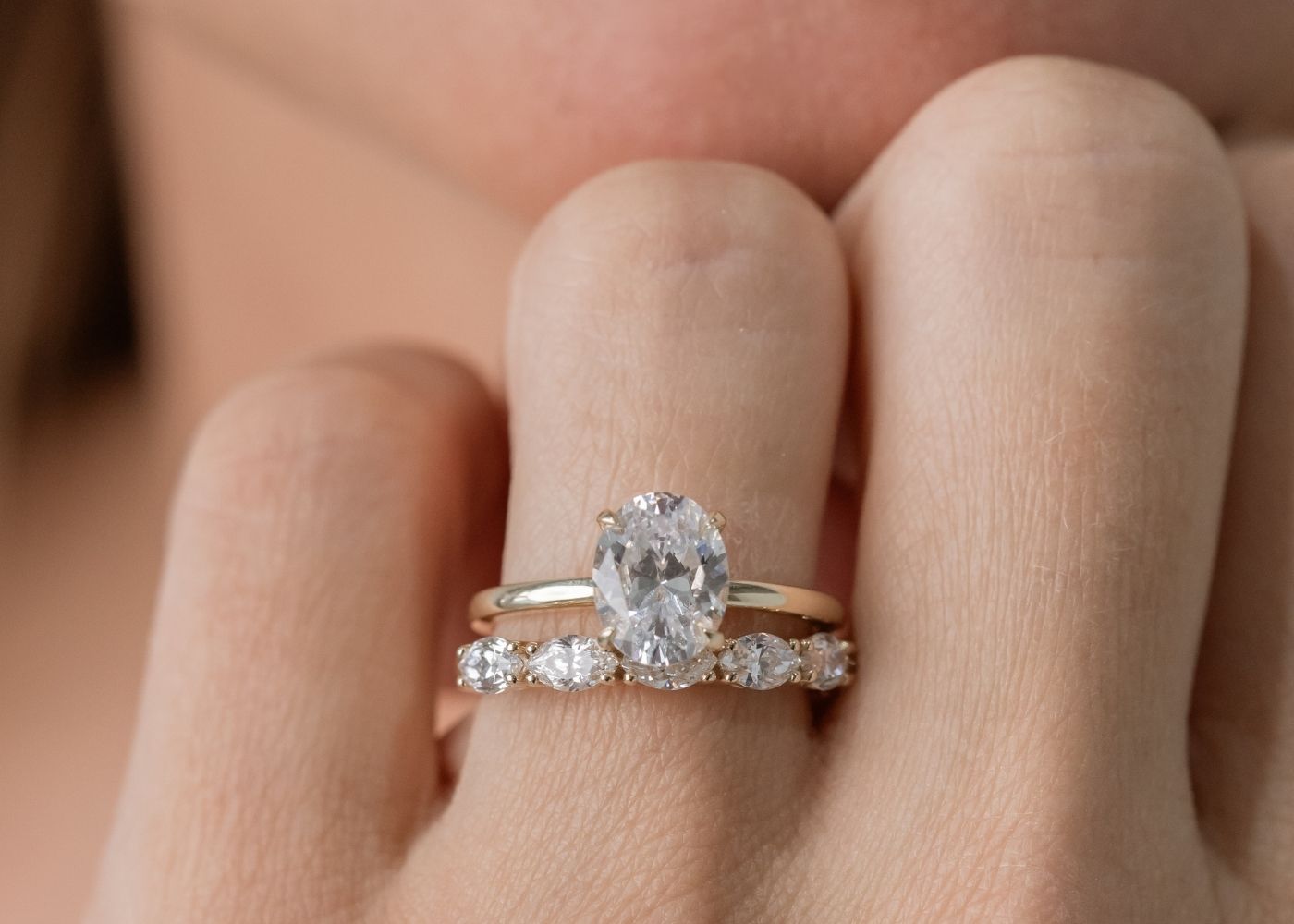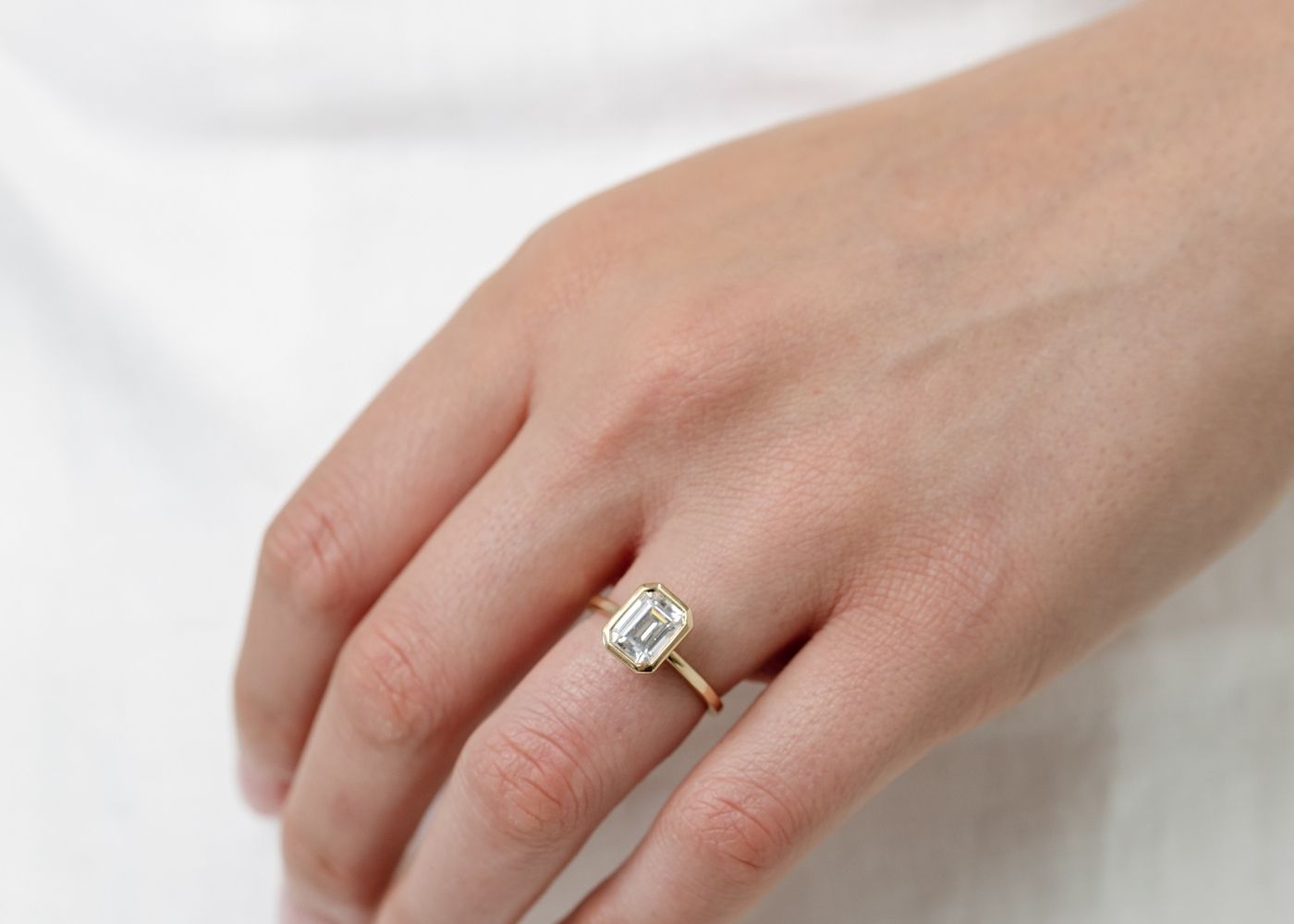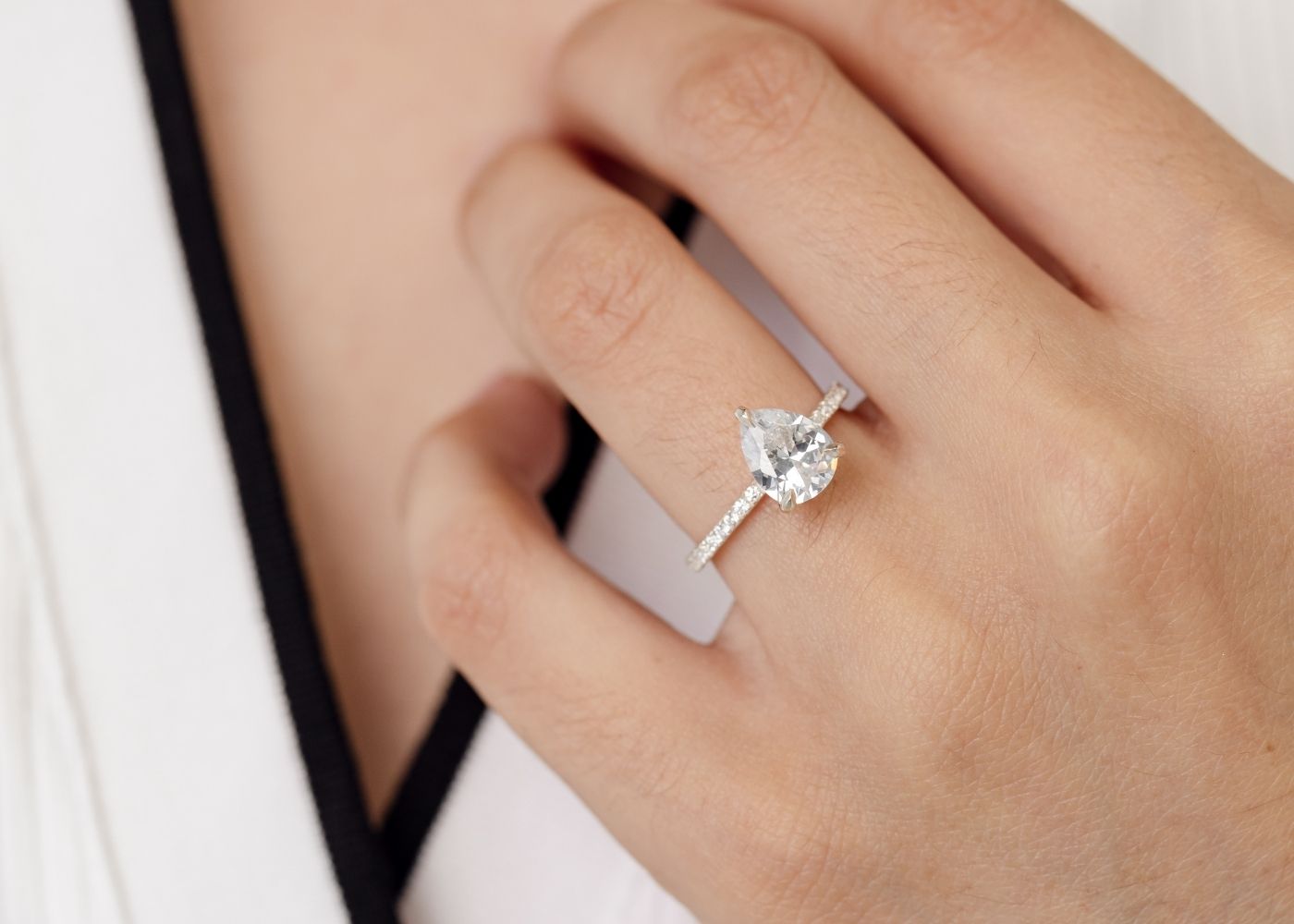Lapidary
Etymology and History of Lapidary
- The word 'lapidary' comes from the Latin word 'lapis,' meaning stone.
- In the 14th century, the term evolved from 'lapidarius,' meaning stonecutter, into the Old French word 'lapidaire,' meaning one skilled in working with precious stones.
- Lapidary work likely began during the Stone Age.
- Egyptians developed cutting and jewelry fashioning methods for various stones.
- Lapidary arts were well-developed in the Indian subcontinent by the early 1st millennium CE.
- Trade in lapidary products between Africa and India was established in the 1st millennium CE.
- Lapidary was a significant tradition in early Mesoamerica.
Techniques of Lapidary
- Three broad categories of lapidary arts are tumbling, cabochon cutting, and faceting.
- Gemcutters use various tools and techniques to shape and polish stones.
- The Mohs Hardness Scale is commonly used in lapidary to measure a mineral's hardness.
- Mechanical facet-cutting devices are sometimes used.
- Gemcutters may also cut and polish diamonds for industrial purposes.
- Diamond-edged saws are used for cutting harder stones.
- Softer materials can be cut using other mediums such as silicon carbide or garnet.
- Shaping and polishing gemstones is a grinding or sanding process.
- Grit material, usually diamond, is used on a precision metal plate called a lap.
- Faceting requires precise adjustment of angle and location around the gemstone.
- The design can be computer-generated or done by the individual cutting the gemstone.
- The gemstone is usually affixed to a rod using dopping cement.
- A coolant is applied during grinding to prevent softening of the cement.
- Cabochons are shaped and polished in a similar manner.
- Most modern lapidary work is done using motorized equipment.
- Polishing is done with various abrasive compounds.
- Different grit sizes are used for shaping, facet placement, and polishing.
- The final polish may use a different medium such as tin oxide or cerium oxide.
- Polishing requires progressively decreasing particle sizes.
- Inlaying is a specialized form of lapidary work.
- It involves the incorporation of gemstones or marble into a surface.
- Inlaying can be done on various materials.
- Skilled lapidary artists create intricate designs through inlaying.
- It is a technique used for decorative purposes.
Safety in Lapidary
- Stones can contain hazardous ingredients like asbestos, silica, lead, talc, and others.
- Inhaling the dust produced by lapidary techniques on these stones can cause health issues.
- Copper(II) oxide in colorful minerals like turquoise and malachite can damage the endocrine and central nervous systems.
- Silicates, the most common minerals, can result in silicosis when their dust is inhaled.
- Fossil rocks can be radioactive.
Societies and Clubs in Lapidary
- Lapidary clubs exist worldwide, including in Australia where the GEMBOREE is an annual nationwide lapidary competition.
- Tucson, Arizona hosts a collection of gem and mineral shows, including the largest gem and mineral event in the world.
- The United States has societies like the American Gem Society.
- Gem shows and competitions provide opportunities for lapidary enthusiasts to showcase their skills and knowledge.
- Lapidary societies and clubs offer a platform for networking, learning, and sharing experiences.
Importance and Applications of Lapidary
- Lapidary plays a crucial role in the production of gemstones and jewelry.
- It involves shaping, cutting, and polishing gemstones to enhance their beauty and value.
- Lapidary techniques are utilized in various industries, including jewelry making, sculpture, and archaeology.
- Lapidary skills are passed down through generations, preserving traditional craftsmanship.
- The lapidary industry contributes to the global economy through the trade and sale of gemstones.
Lapidary Data Sources
| Reference | URL |
|---|---|
| Glossary | https://harryandcojewellery.com.au/blogs/glossary/lapidary |
| Wikipedia | http://en.wikipedia.org/wiki/Lapidary |
| Wikidata | https://www.wikidata.org/wiki/Q17319698 |
| Knowledge Graph | https://www.google.com/search?kgmid=/m/039ny7 |





